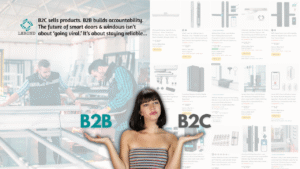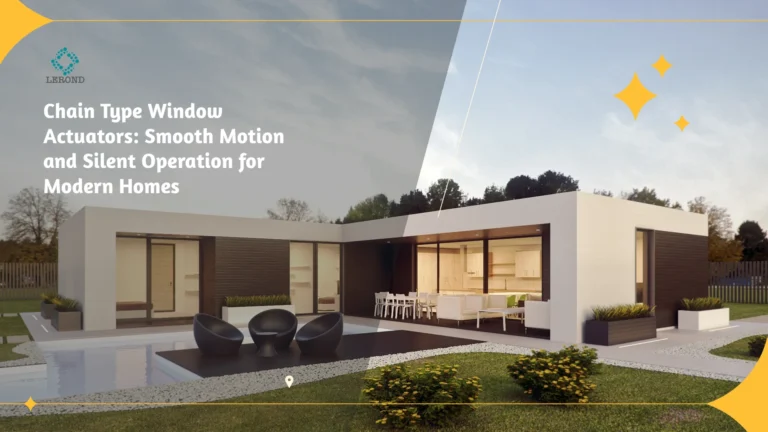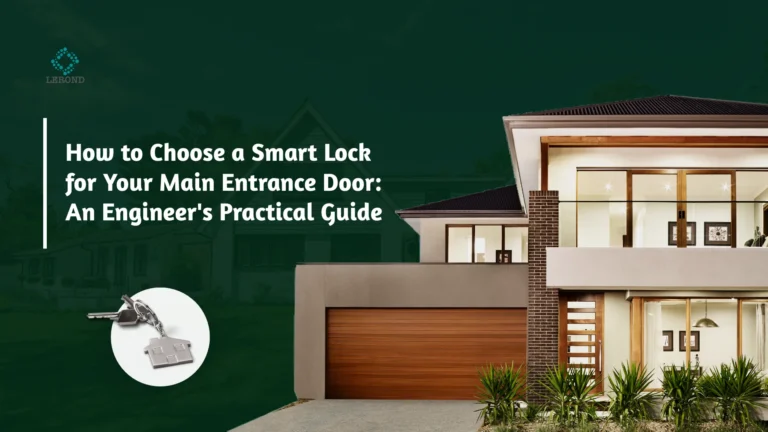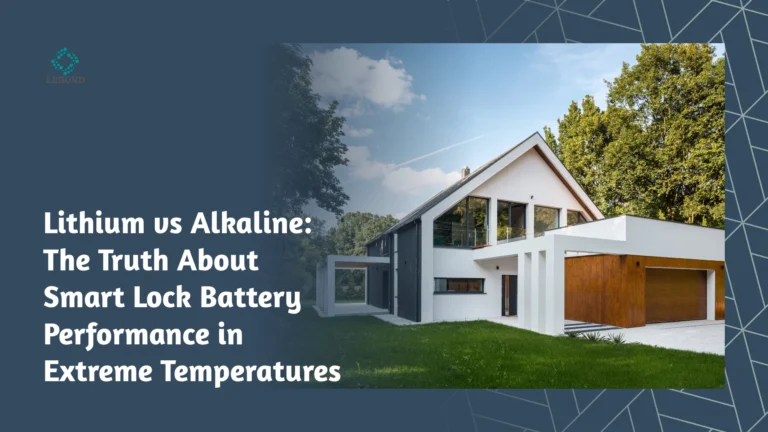The illusion of the consumer playbook
Scroll through any global e-commerce platform today and you’ll find endless listings for “smart” locks, window actuators, and sensors. Many are launched under multiple brand names, managed by seller matrices chasing one goal: to find the next product that “explodes.”
On the surface, this looks like innovation. In practice, it’s chaos.
- The same factory batch may appear under five different logos.
- Sellers rarely offer local installation or training.
- When failures happen—as they inevitably do—after-sales is an afterthought, if it exists at all.
For small electronics, this model is inconvenient but tolerable. A broken gadget is just a bad purchase. For smart doors and windows, it’s something else entirely: security risk, property damage, brand liability.
Why B2C hype doesn’t fit the category
Consumer marketplaces thrive on speed and substitution. The faster you push new products, the faster you can replace the old. But this logic collapses with installed hardware.
A smart lock or automated window is not a t-shirt or a blender:
- It requires professional installation. Incorrect setup can void warranties, compromise safety, and lead to costly callbacks.
- It lives with the building. Once fitted into a door or frame, replacement is complex—not a simple return-to-sender.
- It carries security and reliability obligations. A failed actuator can trap residents; a failed lock can endanger property.
In short, “move fast and break things” might work for software, but in the built environment, it only breaks trust.
B2B: where the real adoption happens
Now contrast that with B2B channels—door and window manufacturers, integrators, installers. Here, the economics and incentives are entirely different:
- Reputation matters. When a factory or installer adds a smart solution to their product line, they are putting their brand name on it. They will only trust suppliers who can back them up when problems arise.
- Service is part of the sale. Professional buyers expect warranties, spare parts, training materials, and after-sales response times.
- Accountability is shared. The supplier supports the manufacturer, who supports the installer, who supports the homeowner. Everyone in the chain has a stake in reliability.
This accountability loop is what creates sustainable adoption. Unlike consumer marketplaces, it doesn’t disappear when a listing underperforms.
Service is not an accessory—it is the product
One of the biggest misconceptions in this space is treating after-sales as optional. In reality, service is the business model.
Think about it:
- A smart lock without firmware updates quickly becomes a cybersecurity risk.
- A window opener without available spare parts is a liability waiting to happen.
- An installer without training will generate callbacks that destroy trust down the chain.
The companies winning in this space are not the ones shipping the cheapest device. They’re the ones building predictable service frameworks: warranties with teeth, certified installer programs, remote diagnostics, rapid replacements.
This is why the B2B channel naturally fits better. Professional buyers don’t just want “a product.” They want a solution that reduces operational risk.
Building the B2B value chain
So what does this look like in practice? For suppliers and manufacturers, it means rethinking go-to-market strategy:
- Warranty clarity. Publish transparent, enforceable warranty terms. Not marketing promises—legal commitments that installers can trust.
- Spare-parts logistics. Stock what fails most often and ensure replacements can be dispatched quickly. Downtime kills confidence.
- Installer enablement. Provide training, documentation, and even digital tools so installers can solve issues in the field.
- Data-driven service. Use telemetry, error logs, and usage data to predict failures before they happen. Proactive service beats reactive apologies.
- Partnership language. When speaking with B2B buyers, don’t sell “features.” Sell reduced risk: fewer callbacks, less warranty exposure, stronger end-customer satisfaction.
These aren’t add-ons. They are the foundation of a long-term smart door/window business.
The bigger picture: what this means for the industry
There’s a temptation—especially for new entrants—to chase volume through marketplaces. But every short-term gain is offset by long-term erosion of trust. Negative reviews accumulate, margins collapse, and the category itself suffers reputational damage.
If the smart home sector wants to avoid the fate of “cheap gadgets” that peak and vanish, it must separate infrastructure-class products from impulse-buy consumer electronics. Smart doors and windows belong to the first category. They need the slow, disciplined, service-heavy growth model that only B2B can provide.
And here’s the paradox: while it feels slower at first, B2B adoption compounds. Each successful installation becomes a reference. Each trained installer becomes a multiplier. Each reliable warranty claim builds loyalty instead of resentment. Over time, this snowballs into the very thing consumer sellers dream of: scale. But it’s scale built on trust, not on hype.
Smart doors and windows will not win because they became a viral listing. They will win because they became reliable infrastructure. And reliable infrastructure is built not by chasing explosions, but by building partnerships.
In B2B, you are not just selling hardware—you are selling accountability, service, and trust. That’s what endures long after the marketplace has moved on to the next “explosive” product.
Where LEROND comes in
At LEROND, we build exactly for this. Our role is not to flood the market with generic devices, but to partner with manufacturers, brands, and installers who need reliability baked into their business. That means:
- Clear warranties that hold up when problems arise.
- Spare-parts support and logistics designed to minimize downtime.
- Long-term accountability, not short-term listings.
Because in the end, smart doors and windows are not about gadgets—they are about trust. And trust is what we choose to deliver every day.




